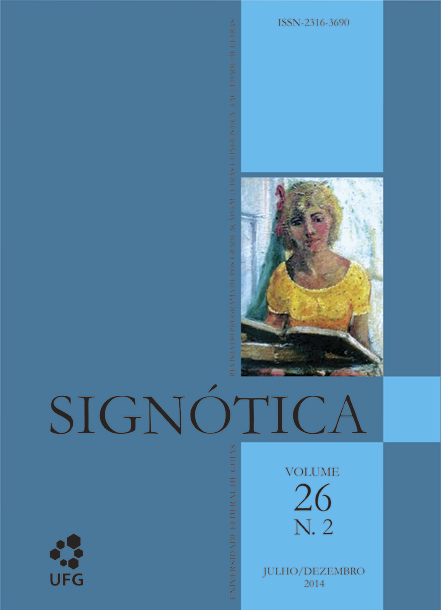The coding of grammatical relations in Apinaje complement clauses
DOI:
https://doi.org/10.5216/sig.v26i2.30905Keywords:
Apinaje, person marking, grammatical relations, complementation.Abstract
The coding of grammatical relations in languages of the Jê family displays great morphosyntactic complexity manifested in main, as well as in subordinate clauses. In Apinaje, the coding of core arguments in simple clauses combines a nominative pattern, manifested by means of independent pronouns, and an absolutive pattern, expressed by person prefixes attached to verbs. Additionally, a certain class of verbs marks core arguments with oblique postpositions, thus displaying a noncanonical pattern; complement-taking verbs belong in this category. In the context of complementation, the ergative alignment will occur depending on the correferenciality conditions between main and subordinate clause subjects.
Downloads
Downloads
Published
How to Cite
Issue
Section
License
Author (s) authorize Signótica to publish an article, if accepted, signing its contribution as original and not submitted to another publisher for publication. In case of acceptance and publication, Signótica's articles are Creative Comons BY-NC-ND (Attribution + Non-Commercial + Non-Derivatives)





1.png)





